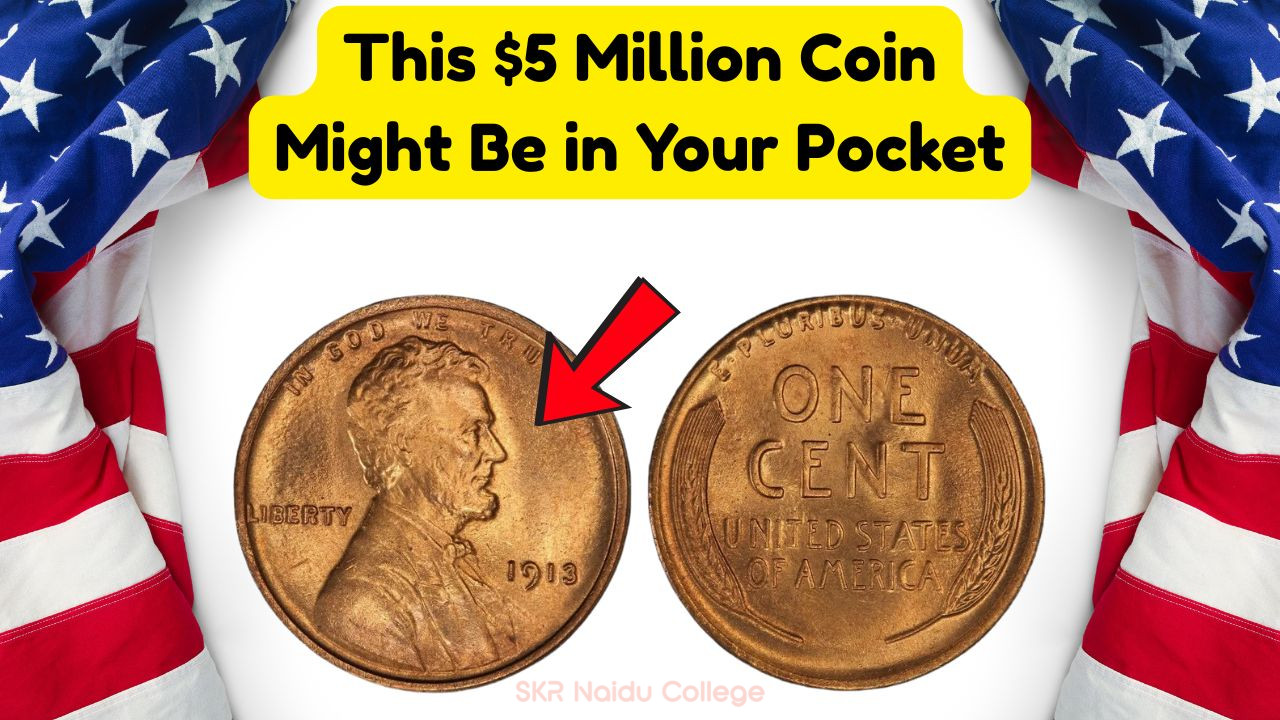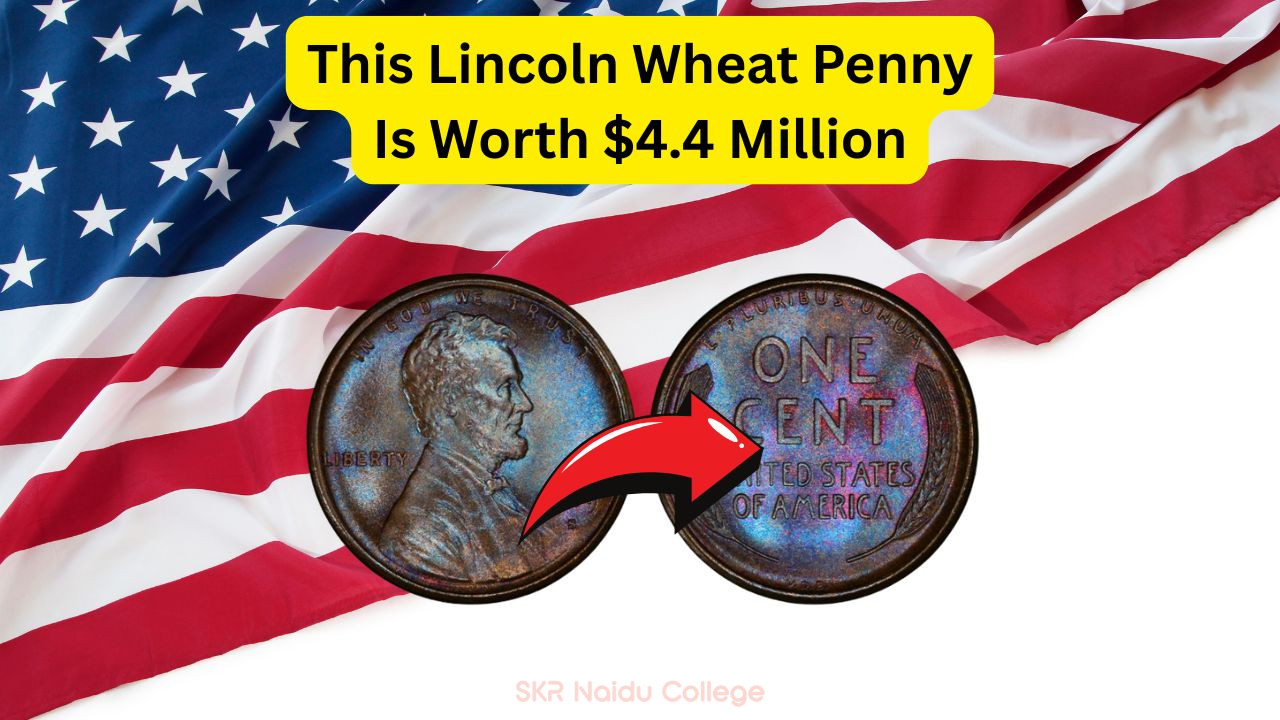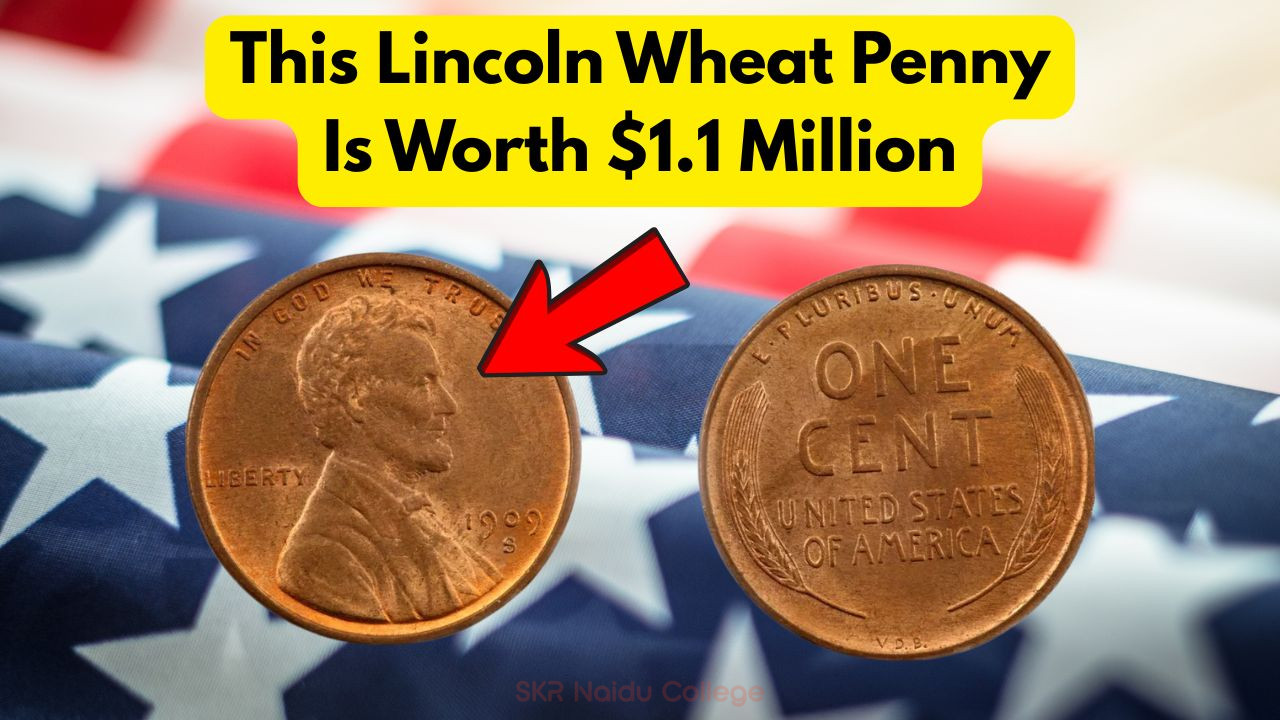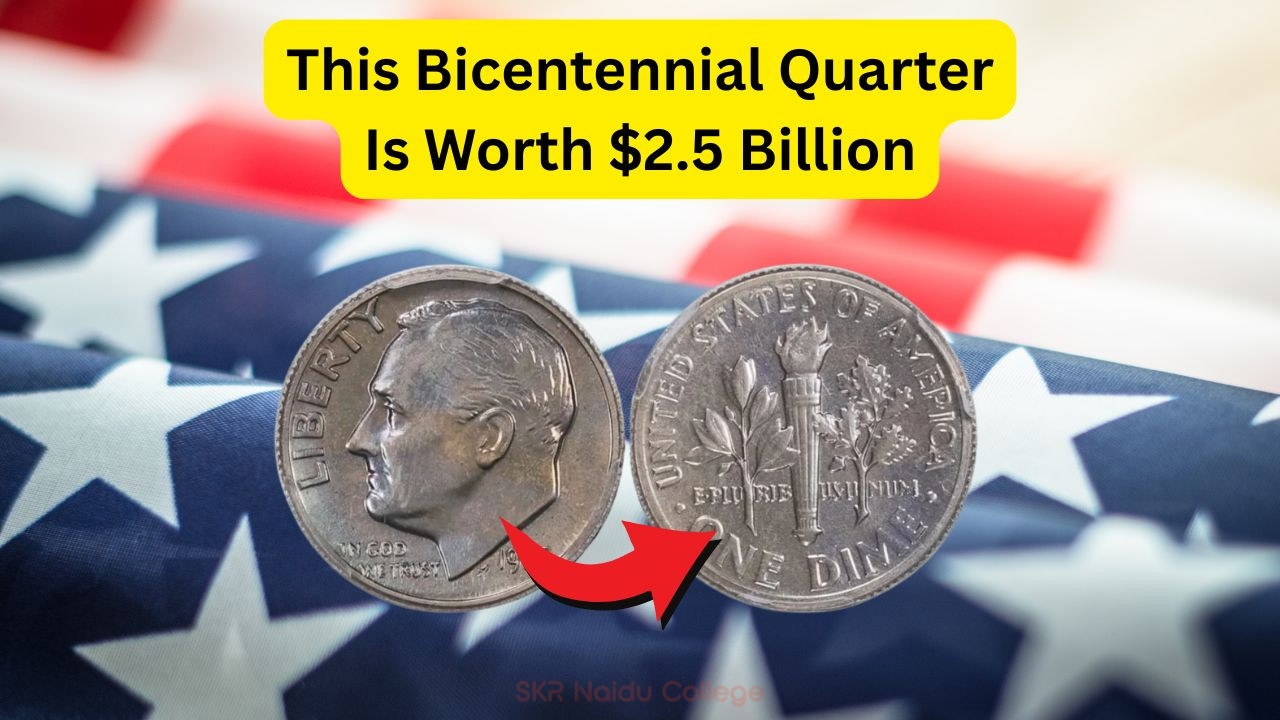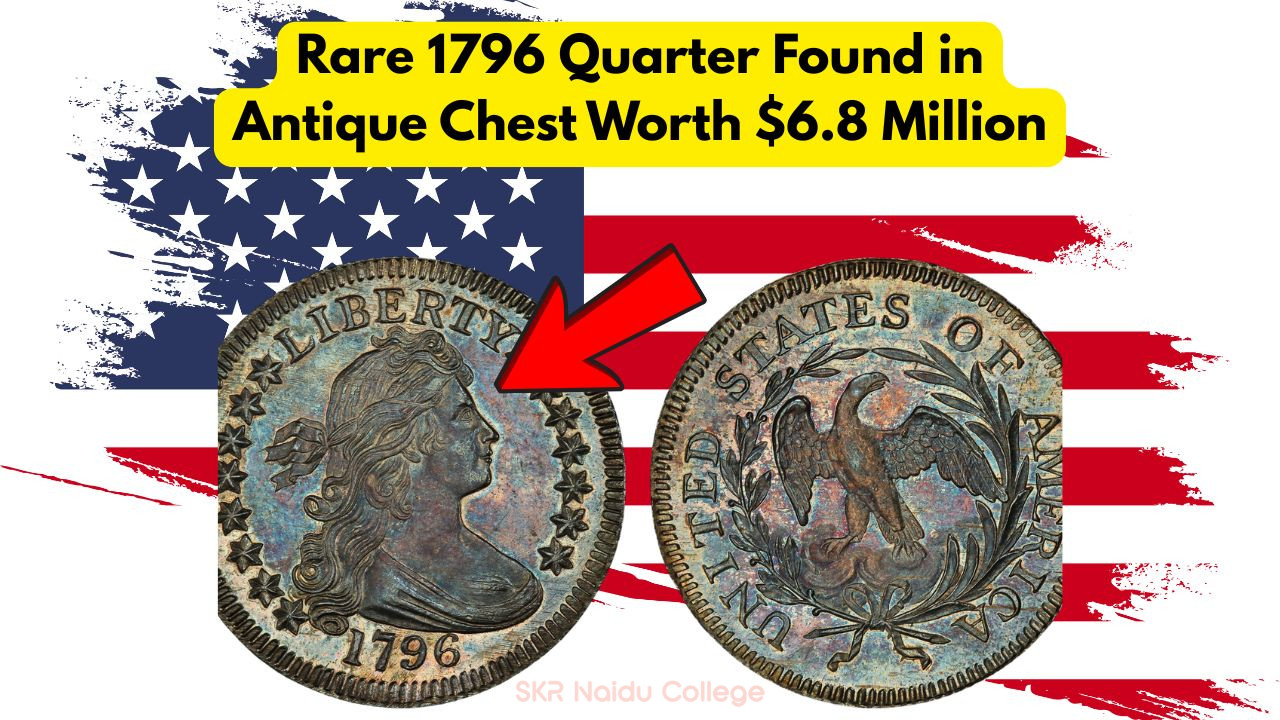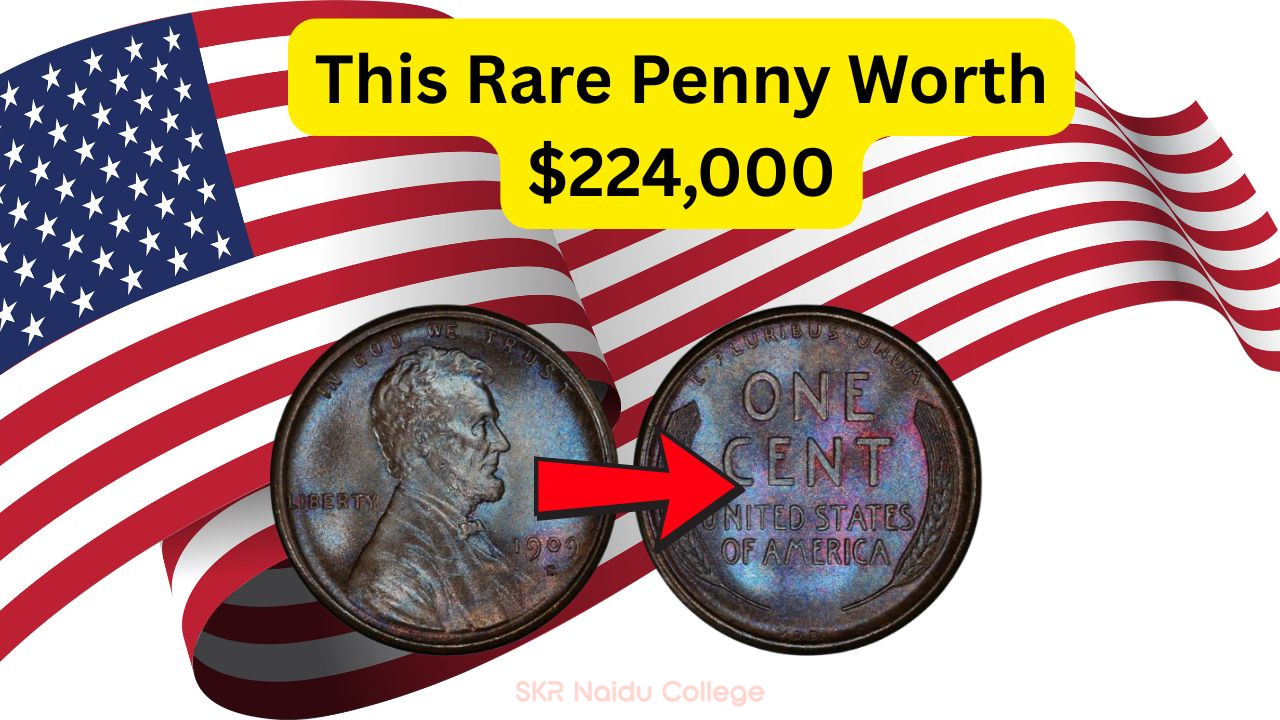$5 Million Lincoln Wheat Penny: Imagine reaching into your pocket and discovering a small fortune in the form of a simple penny. While this might sound like a fantasy, for some, it has become a reality thanks to the elusive $5 million Lincoln Wheat Penny. This rare coin has captivated collectors and enthusiasts alike, sparking a treasure hunt across the nation. But what is it about this particular penny that makes it so valuable, and could you possibly have one hiding in your pocket change?
Understanding the Lincoln Wheat Penny
The Lincoln Wheat Penny, also known as the Wheat Cent, was first minted in 1909 to commemorate the 100th anniversary of Abraham Lincoln’s birth. Designed by Victor David Brenner, the coin features Lincoln’s bust on the obverse and two stalks of wheat on the reverse, symbolizing prosperity and growth. These pennies were minted until 1958, after which the design changed to the Lincoln Memorial. The Wheat Penny is cherished by collectors for its historical significance and intricate design details. However, among these coins, some variations and mints are notably rare, contributing to their high value in the numismatic market.
- The 1909-S VDB is one of the most sought-after Lincoln Wheat Pennies, with only 484,000 minted.
- The 1914-D penny is another rare find, with just over one million minted.
- The 1922 no D penny, which was mistakenly minted without the Denver mintmark, is highly valuable.
- The 1943 copper penny is a famous error coin, as most pennies that year were made of steel due to wartime metal rationing.
- The 1955 doubled die penny is known for its noticeable doubling on the obverse, making it a collector’s dream.
The $5 Million Penny – Myth or Reality?
While tales of the $5 million Lincoln Wheat Penny may seem like numismatic folklore, there are indeed pennies valued in the millions, though they are exceedingly rare. The most famous example is the 1943 copper penny, which was mistakenly struck on a copper planchet instead of the steel planchets that were used during World War II. Only a handful of these pennies are known to exist, making them incredibly valuable to collectors. In 2010, one such penny was sold for $1.7 million at auction, highlighting the potential worth of these coins. Though $5 million may be an exaggeration, the allure of finding such a treasure continues to excite coin enthusiasts.
| Year | Mint Mark | Special Feature |
|---|---|---|
| 1909 | S VDB | Rare mint |
| 1914 | D | Limited mintage |
| 1922 | No D | Mint error |
| 1943 | None | Copper error |
| 1955 | None | Doubled die |
| 1944 | Steel | Mint error |
| 1931 | S | Low mintage |
How to Identify a Valuable Lincoln Wheat Penny
Identifying a valuable Lincoln Wheat Penny requires a keen eye and some knowledge of numismatics. Begin by examining the date and mint mark, typically located below the date on the obverse side of the coin. Rare dates and mint marks, such as the 1909-S VDB or the 1914-D, are key indicators of value. Additionally, look for any peculiarities or errors, such as the doubled die on the 1955 penny or the copper composition of the 1943 penny. A magnifying glass or a jeweler’s loupe can be helpful in spotting these subtle details.
- Date and Mint Mark: Look for rare years and mint marks.
- Coin Errors: Check for errors like doubled dies or missing mint marks.
- Material Composition: Verify the coin’s material; 1943 pennies should be steel.
- Physical Condition: Coins in better condition are generally more valuable.
Where to Find These Pennies
Finding a valuable Lincoln Wheat Penny doesn’t necessarily require a trip to a specialized coin shop. Sometimes, these treasures can be found in the most unexpected places. Coin roll hunting, which involves searching through rolls of coins from banks, can yield surprising results. Additionally, estate sales, flea markets, and yard sales can be gold mines for rare coins. Keep an eye on online auctions and forums where collectors often trade and sell coins. Remember, patience and persistence are key in the world of coin collecting.
| Source | Location | Potential Finds | Difficulty |
|---|---|---|---|
| Bank Rolls | Banks | Wheat Pennies | Medium |
| Estate Sales | Local Listings | Rare Coins | High |
| Flea Markets | Marketplaces | Mixed Coins | High |
| Online Auctions | Internet | Specific Coins | Low |
| Yard Sales | Neighborhoods | Unexpected Finds | Medium |
| Coin Shows | Exhibitions | Diverse Coins | Low |
| Forums | Online | Knowledge & Deals | Low |
| Coin Dealers | Shops | Professional Finds | Low |
Preserving Your Penny’s Value
Once you’ve identified a potentially valuable penny, preserving its condition is crucial. Avoid cleaning the coin, as this can significantly reduce its value. Instead, store it in a protective holder or coin capsule to prevent damage. Keep the coin away from moisture and extreme temperatures, which can lead to oxidation and tarnishing. If you plan to sell the coin, having it graded by a professional grading service can provide an accurate assessment of its condition and authenticity.
- Avoid Cleaning: Cleaning can damage the coin’s surface.
- Use Protective Holders: Protects against physical damage.
- Store Properly: Keep in a dry, stable environment.
- Get the Coin Graded: Professional grading can enhance value.
Exploring Coin Collecting as a Hobby
| Aspect | Benefit | Community |
|---|---|---|
| Historical Knowledge | Learn about history | Connect with enthusiasts |
| Financial Investment | Potential profit | Networking opportunities |
| Hobby Enjoyment | Relaxation | Join clubs and societies |
| Collecting Challenges | Problem-solving | Share experiences |
| Preservation Skills | Learn preservation techniques | Access to resources |
| Travel Opportunities | Attend coin shows and auctions | Meet global collectors |
| Storytelling | Share coin stories | Engage with diverse groups |
| Educational Growth | Improve research skills | Access educational materials |
Building Your Collection
Starting a coin collection can be a rewarding endeavor, both intellectually and financially. Begin by setting a budget and deciding what types of coins you’re interested in collecting. Some collectors focus on specific series, like the Lincoln Wheat Penny, while others aim for a diverse collection. Joining a local coin club or online community can provide valuable insights and guidance. Additionally, investing in a good reference book or online resource can help you learn more about the coins you’re collecting.
- Set a budget for your collection.
- Decide on a focus area, such as specific coins or series.
- Join a coin club or community for support and knowledge.
- Invest in reference books or online resources.
- Attend coin shows and auctions for rare finds.
- Regularly evaluate the value and condition of your collection.
- Network with other collectors to exchange information and coins.
Frequently Asked Questions
What makes the Lincoln Wheat Penny valuable?
Rare mint marks, errors, and historical significance contribute to the penny’s value.
How can I tell if my penny is a rare one?
Check the date, mint mark, and look for any errors or unusual features.
Where can I find valuable pennies?
Search bank rolls, estate sales, flea markets, and online auctions.
Should I clean my coins to make them look better?
No, cleaning coins can reduce their value. It’s best to store them properly.
How do I get my coin graded?
You can send it to a professional grading service for evaluation and certification.
